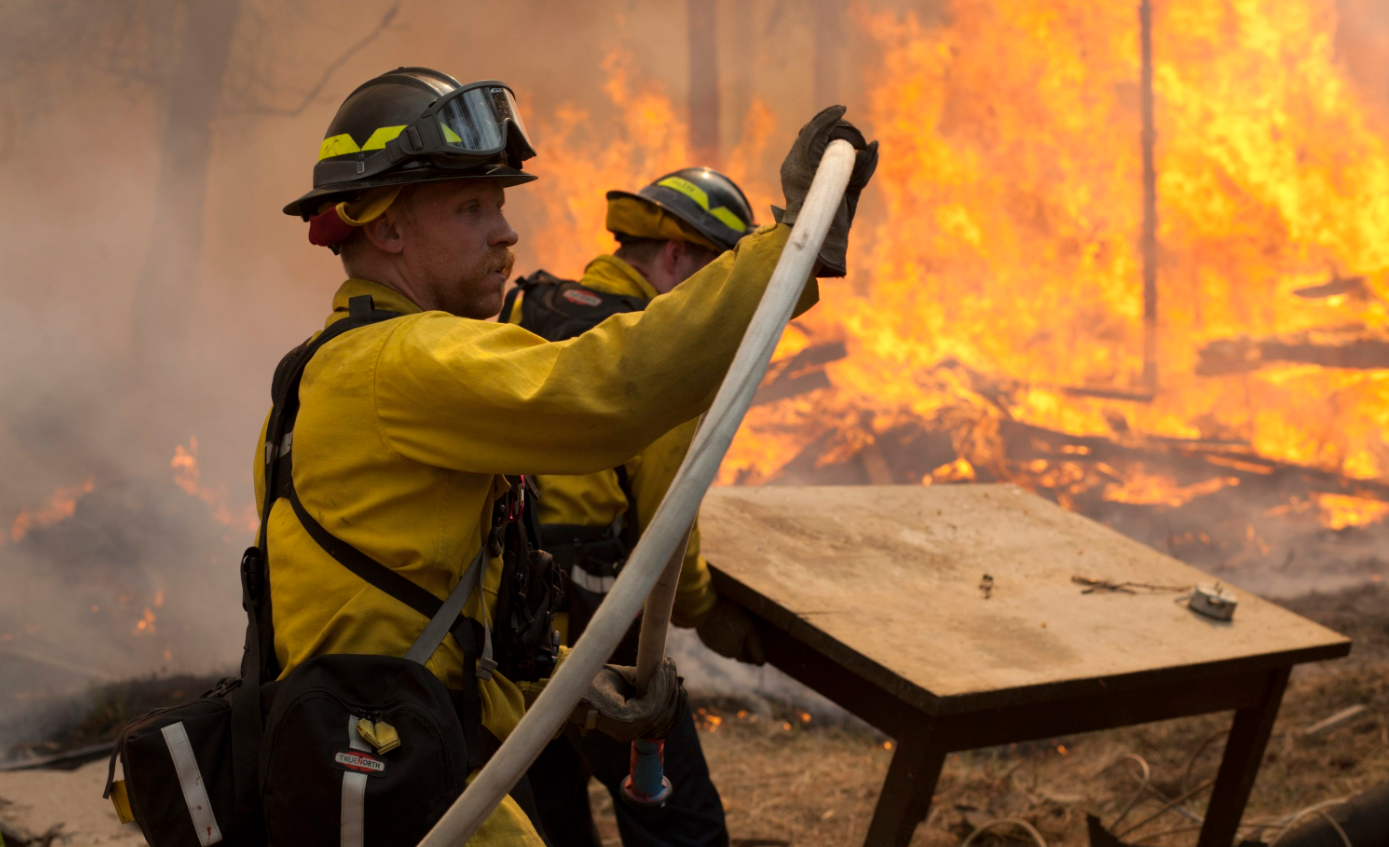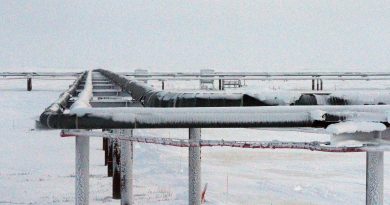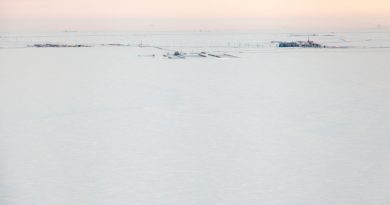Dramatic increase in tundra-fire frequency in Arctic Alaska: report

If it seems like there’s more fire activity in Alaska than in the past, that’s no illusion.
The long-term record shows that Alaska’s wildfire season is expanding, according to recent studies.
Although fire seasons vary widely year to year, the trend over the past 65 years is for longer seasons, more fires over 1,000 acres, more acreage burned and more fires in Alaska’s far north, according to a statisticalreport released Wednesday by the nonprofit science organization Climate Central.
Rising temperatures
The report, which analyzes decades of data from the Bureau of Land Management’s Alaska Fire Service, shows how wildfires track with rising temperatures. Average annual temperatures in Alaska have risen nearly 3 degrees since 1950, and the biggest fire years occurred during the hottest summers, the report shows.
The number of fires over 1,000 acres in size increased dramatically after about 1990, the report shows. The number of acres burned spiked in the first decade of the 21st century; 8 million more Alaska acres burned during that 10-year span than in any other decade in the 65-year record, the report says.
In all, there were nearly twice as many large fires in Alaska in the 2000s as in the 1950s and 1960s, and the fire season has stretched by nearly 40 percent since the middle of the 20th century, the analysis revealed.
Fire increases in Arctic Alaska
The report took a long-term view of trends, using decadal averages and rolling averages for a statistical analysis, said Todd Sanford, the Colorado-based climate scientist who was the lead author. “It might not be as clear if you just looked at raw data points,” he said.
One of the most striking findings was the dramatic increase in tundra-fire frequency in Arctic Alaska, he said. The analysis found that there have been 33 large wildfires in Arctic Alaska since 2000; in comparison, there were large Arctic wildfires in only three years in the 1950s and 1960s, the report said.
“We’re starting to see a tundra-fire regime emerging within the past few decades,” Sanford said. He noted that the Arctic region of the state is warming dramatically.
Similar to longterm trends
While the heart of Alaska’s fire activity continues to be in Interior Alaska, there is also a trend in recent decades toward more fire in Southcentral Alaska, the analysis found. But not all parts of Alaska are experiencing frequent wildfires, the report noted. In the soggy Aleutian Islands, there have been only two fires over 1,000 acres in the past 65 years, it said.
Alaska’s lengthening fire season is similar to the long-term trend occurring in the western states of the Lower 48, which Climate Central scientists analyzed in a report issued three years ago. The Alaska trends, especially the longer fire season, are more pronounced, Sanford said.
In the Lower 48, the fire season is lengthening mostly on the front end, with earlier starts over the long term, “whereas in Alaska, we’re seeing changes on both sides of it,” he said.
Boreal forest transformed
Similar findings have been reported by scientists at the University of Alaska Fairbanks and other institutions. Breakup comes earlier to Interior Alaska and the winter’s first snow is arriving later; the growing season is expanded; and lightning strikes, which spark wildfires, are more frequent, according to a synopsis of studies presented in a February webinar by UAF’s Alaska Center for Climate Assessment and Policy.
Decades of fires are starting to transform Interior Alaska’s boreal forest, from one dominated by evergreens to one with a near-even mix of evergreens and deciduous trees, according to a 2012 study led by UAF scientists.
Much scientific attention has been focused on tundra fires, which are occurring with increased frequency. The 400-square-mile Anaktuvuk River tundra fire of 2007 — the largest tundra fire on record on the North Slope — has been a particular subject of study, with scientists probing its potential link to reduced Arctic sea ice, its total carbon output and its aftermath, as seen in recovery of vegetation.
Related stories from around the North:
Canada: Soot from Canadian wildfires may have increased Greenland ice melt, Radio Canada International
Finland: Smoke from Russian fires detected in Finland, Yle News
Russia: Smoke from Russian fires detected in Finland, Yle News
Sweden: Swedish Biologists: “Turn forest fire area into nature reserve”, Radio Sweden
United States: Wildfires prompt evacuation alerts in Alaska, Alaska Public Radio Network



